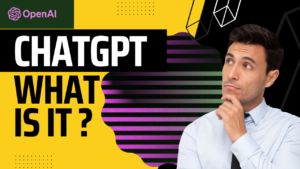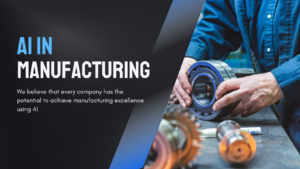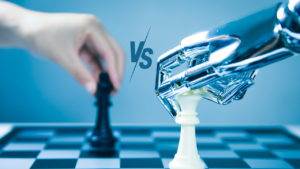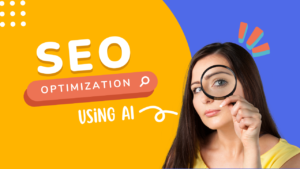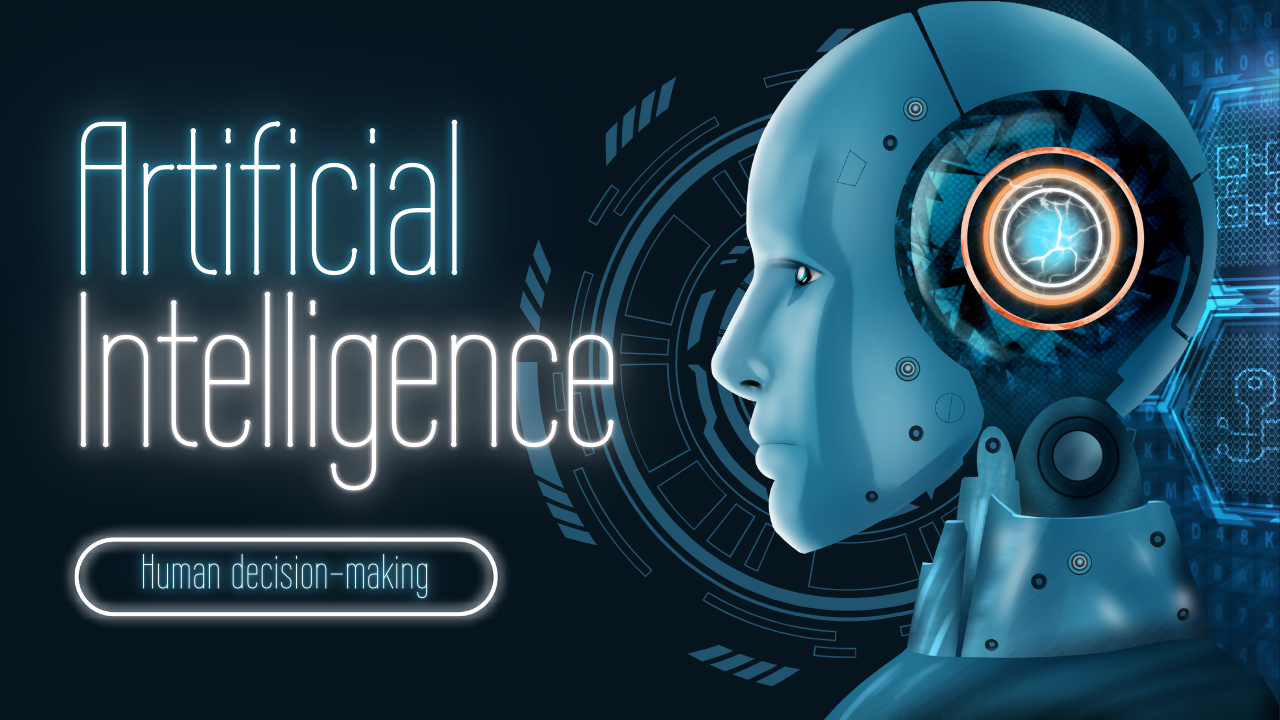
The term artificial intelligence was coined in 1956 during John McCarthy’s “Dartmouth Summer Research Project on Artificial Intelligence.” At this event, researchers presented the goals and vision of AI. Many consider this conference to be the true birth of artificial intelligence as it is known.
Introduction
Several years passed and work on artificial intelligence continued. In 1959, Arthur Samuel invented the term Machine Learning while working at IBM. In 1989, the Frenchman Yann Lecun developed the first neural network capable of recognizing handwritten numbers, this invention would be at the origin of the development of deep learning.
And it was ten years later, in 1997, that a major event marked the history of AI. IBM’s Deep Blue system triumphed over world chess champion Gary Kasparov. For the first time, the machine had defeated Man.
Evolution of AI:
- Symbolic AI (1950s-1980s): This era focused on developing early AI systems that relied on logical rules and symbolic algorithms. Expert systems, which utilized knowledge bases to address specific problems, are a prime example of this approach.
- Connectionist AI (1980s-2000s): This period witnessed the emergence of artificial neural networks. Advances in machine learning, particularly in neural networks and back propagation algorithms, allowed the development of systems capable of learning from data.
- Modern AI (2000s-present): With significant improvements in computational power, data storage, and algorithms, deep learning has come to the forefront. Modern AI systems now handle vast amounts of data and can execute complex tasks like image recognition, natural language processing, and autonomous decision-making.
Popular artificial intelligences:
Artificial intelligence is advancing rapidly, with applications now capable of simplifying or even automating everyday tasks. Here are 10 AI-powered tools that make daily life more efficient:
1. ChatGPT: Open AI’s renowned text generator needs no introduction. As a versatile AI tool, it assists millions by responding to a wide range of requests, effectively serving as a personal assistant.
2. DALL-E 2: Also developed by OpenAI, this is the leading image-to-text generator. The name combines elements of Wall-E and the artist Salvador Dalí, reflecting its creative capabilities.
3. GEN-2: Created by Runway, this AI tool allows users to transform videos or generate new ones from images or text. With five distinct transformation modes, GEN-2 is a comprehensive video creation tool.
4. TextCortex: This plugin, compatible with around 30 platforms like Facebook, Twitter, and LinkedIn, uses machine learning to translate more than 25 languages in just seconds.
5. GitHub Copilot: An AI-driven extension for integrated development environments, GitHub Copilot—developed by GitHub and OpenAI—assists developers by automatically completing their code.
6. Adobe Firefly: Adobe’s AI engine uses only royalty free image to generate new creations. Adobe emphasizes that Firefly is the first ethical AI for image generation.
7. Gemini: Google’s intelligent chatbot, available in Europe, but Google is focused on implementing an ethical AI policy to ensure it doesn’t spread misinformation.
8. Jasper: Targeted at content creators, this software speeds up article writing by a factor of five, offering various tones and angles.
9. Spotify DJ: Even Spotify has integrated AI into its platform. The DJ feature curates playlists entirely based on the user’s tastes and adapts as preferences evolve.
10. Gamma.app: This impressive AI tool streamlines the creation of visual slideshow-style presentations, allowing users to craft them with just a few clicks.
Applications of AI
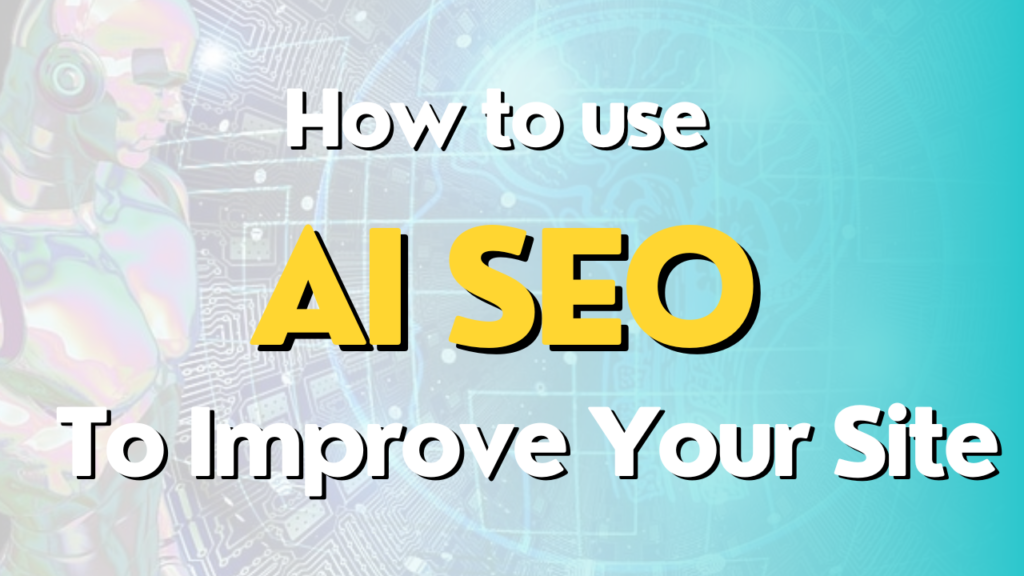
AI is employed across various industries to improve decision-making:
- Healthcare: AI is used to analyze medical images, medical diagnostics, treatments planning and epidemic prediction. For instance AI algorithms help doctors detect diseases like cancer earlier.
- Finance: AI is used in fraud detection, risk assessment, and trading strategies.AI algorithms analyze datasets to make predictions in order to identify potentially risks and optimize investment portfolios
- Human resources: AI can help in automated hiring, talent development and also performance evaluation
- Commerce: AI helps to analyze consumer behavior, product recommendations and inventory management.
- Security: AI can predict threats and also detect intrusion in order to provide an efficient surveillance
Impacts of AI on human decisions:
Artificial Intelligence is a branch of computer science focused on creating machines capable of simulating human cognitive processes such as learning, problem solving and decision-making:
- Efficiency and Accuracy: AI allows for the swift processing of large datasets, providing precise and evidence-based recommendations that enhance decision-making quality in fields such as finance, healthcare, and marketing.
- Automation and Dependence: While AI can handle complex tasks automatically, it may also lead to over-reliance. Users could become too trusting of AI outputs, potentially weakening their ability to make independent decisions.
- Ethics and Bias: AI systems can reinforce or even exacerbate biases found in their training data, resulting in unfair or discriminatory outcomes. This raises ethical concerns around accountability and transparency in AI-driven decisions.
- Interpretability and Trust: For AI to be trusted, users need to comprehend its decision-making process. Explainable and transparent AI models are crucial for fostering responsible adoption and use.
- Psychological Impact: AI can shape perceptions of human capabilities and influence decision-making dynamics. When used appropriately, AI can enhance decision-makers’ confidence, but over-dependence on it may have the opposite effect.
As organizations begin to integrate AI, it’s essential to recognize the challenges and opportunities it brings to the workplace. Addressing AI related issues in strategic decision-making and policy development is crucial to ensure AI serves as a driver of progress and growth, rather than a source of disruption and displacement.
Success in the AI era hinges on striking the right balance between technology and people. With proper human oversight, AI can deliver value in ways we have yet to imagine. We should consider AI as a partner, a collaborator that enhances our abilities rather than replacing them. By embracing this perspective, we can better navigate and thrive in this new technological landscape. In this sense a problem comes to the fore:
Will AI replace human making-decisions?
In fact, AI is set to take over repetitive and routine tasks that involve minimal creativity or emotional input, such as data entry, customer service chatbots, and certain content creation outlooks. Businesses seek the productivity of a thousand people without the need to manage that many employees. However, AI won’t eliminate human jobs; instead, it will enhance existing roles by allowing more emphasis on complex, strategic, and creative tasks that AI cannot perform.
Conclusion
By automating routine tasks, AI will enable individuals to concentrate on more entangled and valuable aspects of their roles. Concurrently, AI will intensify human skills, improving overall workforce performance and efficiency. This partnership between humans and AI will be essential for driving future innovation and productivity, as new technologies and industries increasingly rely on the unique capabilities of human intelligence.

